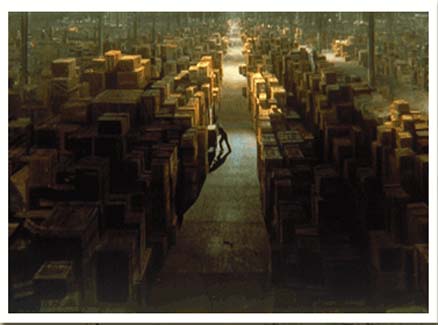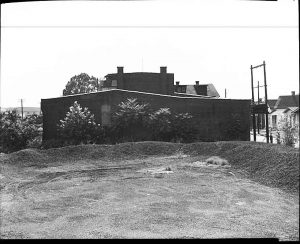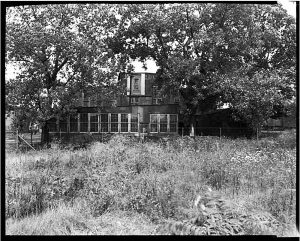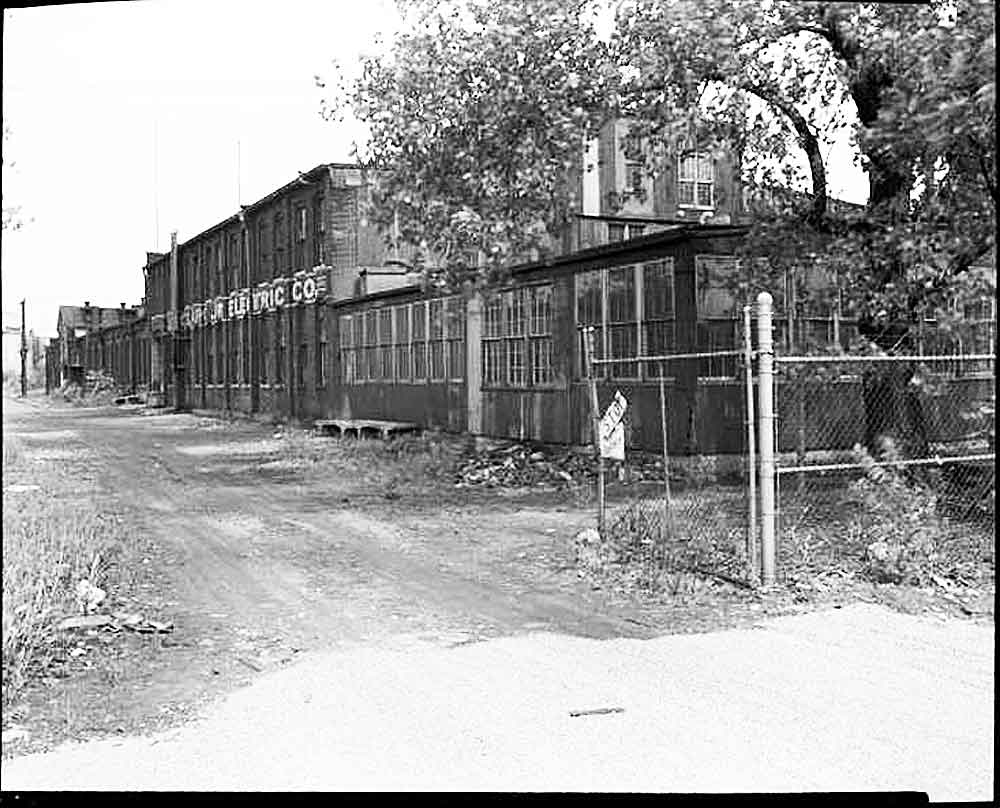

Saturday, June 11, 2016 — While doing a Google image search for a 1936B Mac Key some time ago, I found it amusing that a Martin Rotoplex showed up way down in the listings. Obviously there’s no connection between Ted McElroy and Horace Martin — but seeing the Rotoplex again reminded me of just how close I live to the location where the 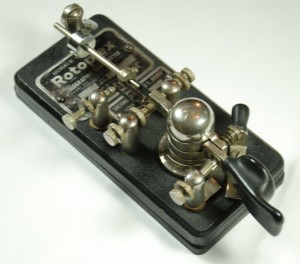 Rotoplexes were manufactured.
Rotoplexes were manufactured.
Rotoplexes were manufactured by the James Clark Jr. Electric Co., which was a family owned business that manufactured electrical motors and various and sundry electrical devices. The University of Louisville has some photos of the company’s manufacturing facility and the interiors.
BACKGROUND ON THE COMPANY. The company was founded by L.H. Cooper and James Clark Jr. about 1892 as Cooper & Clark. Cooper left the business in 1907 and the business was renamed the James Clark Jr. Electric Co. A biographer notes the company was known for making a small drill press with a continuously variable speed.
This biographical sketch taken from the 1922 “History of Kentucky” (Connelley & Coulter) offers a rather glowing description of the company:
In manufacturing circles of Louisville the name of James Clark, Jr., head of the James Clark, Jr., Electric Company, is synonymous with dignified capability and sterling integrity. From small beginnings he has built up an enterprise of recognized importance, and while so doing has also been a factor in bringing about the development of an important line of industry.
Mr, Clark was born at Louisville, August 29, 1869, a son of James and Jessie (La Nauze) Clark, and a grandson of William and Isabella (Stevenson) Clark.
James Clark, Jr., the fourth in order of birth of his parent’s children, attended the public and private schools of Louisville and graduated from the Boston Technical College in 1890. At that time he secured a position with the Ohio Valley Telephone Company, with which be remained two years, then embarking in the electrical business with L. H. Cooper, under the firm name of Cooper & Clark. When Mr. Cooper retired from the business Mr. Clark reorganized the concern as James Clark, Jr., & Company, and in 1907 incorporated the business as James Clark, Jr.. Electric Company, its present style.
The store and office of this concern are located at 520 West Main Street, while the factory is at Shelby and Bergman Streets (625 Bergman St.). The business is the manufacture of electrically-driven tools, motors, generators and supplies, and Mr. Clark has been successful in building up a large and profitable business, in the management of which he is exercising splendid judgment and recognized ability. He is a member of the Pendennis, Louisville Country and Rotary clubs and the Board of Trade. His religious faith is that of the Episcopal Church, and in politics he is a republican.
* * *
THEN & NOW PHOTOS. I decided to try to see if the Clark Electric buildings still existed after all these years since the manufacture of the Rotoplex. The area where the company’s manufacturing facility was located is today in an area that is a mix of homes and commercial buildings, many of which were built prior to 1960.
The original photos are dated Feb. 2, 1948 — just a few years after the company manufactured the Rotoplex.
As the photos illustrate, the core of the building remains in use nearly 70 years later. Parts of the facade facing Bergman Street have been either removed and rebuilt or were damaged and rebuilt at some point in the past. Both ends of the building have been added on to, nearly tripling its original size.
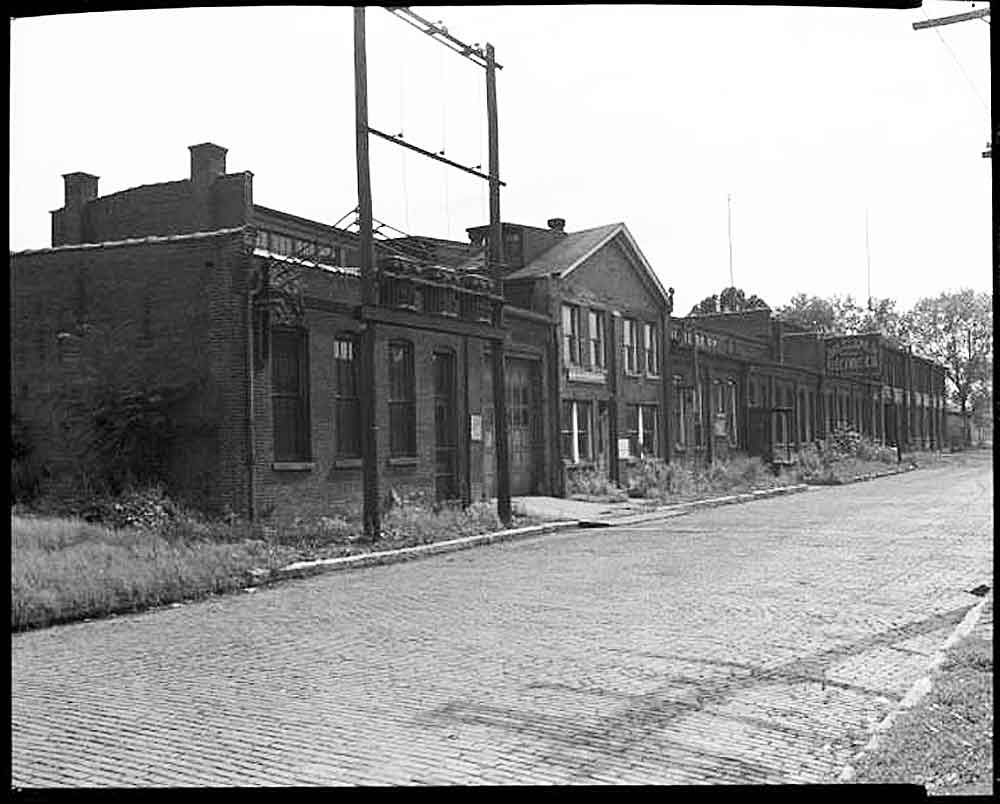
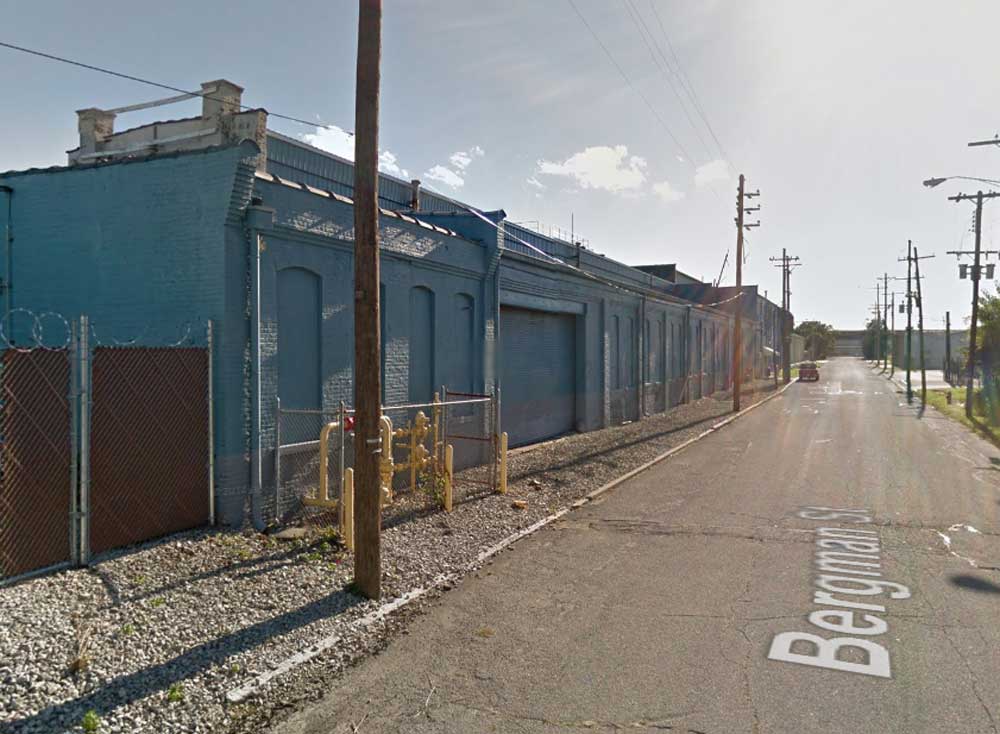
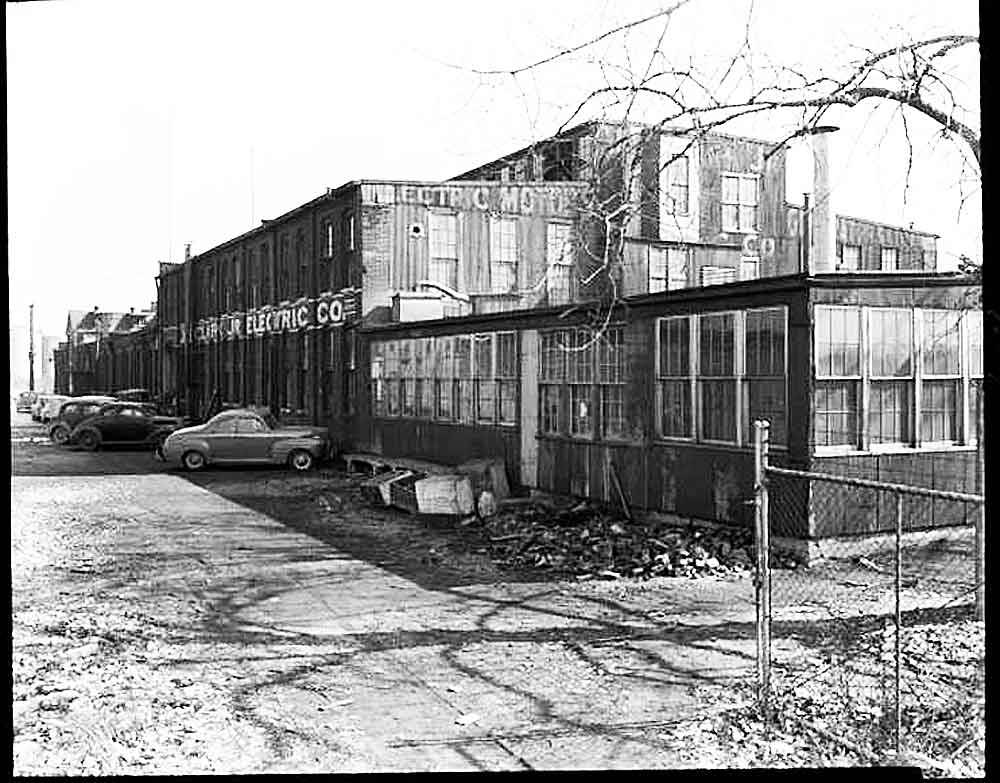
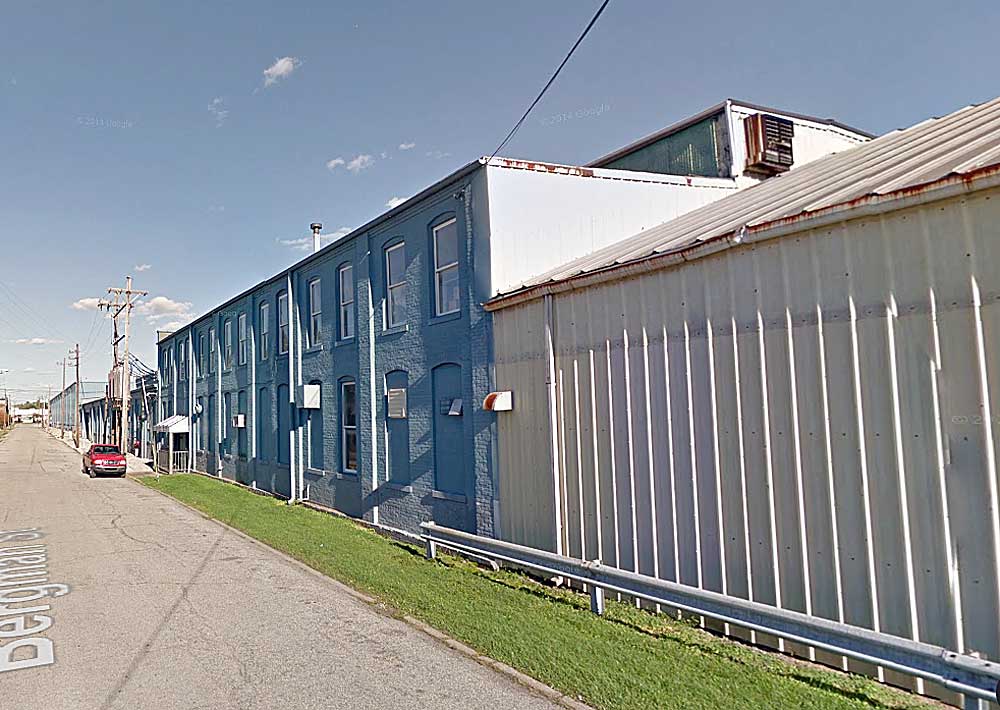
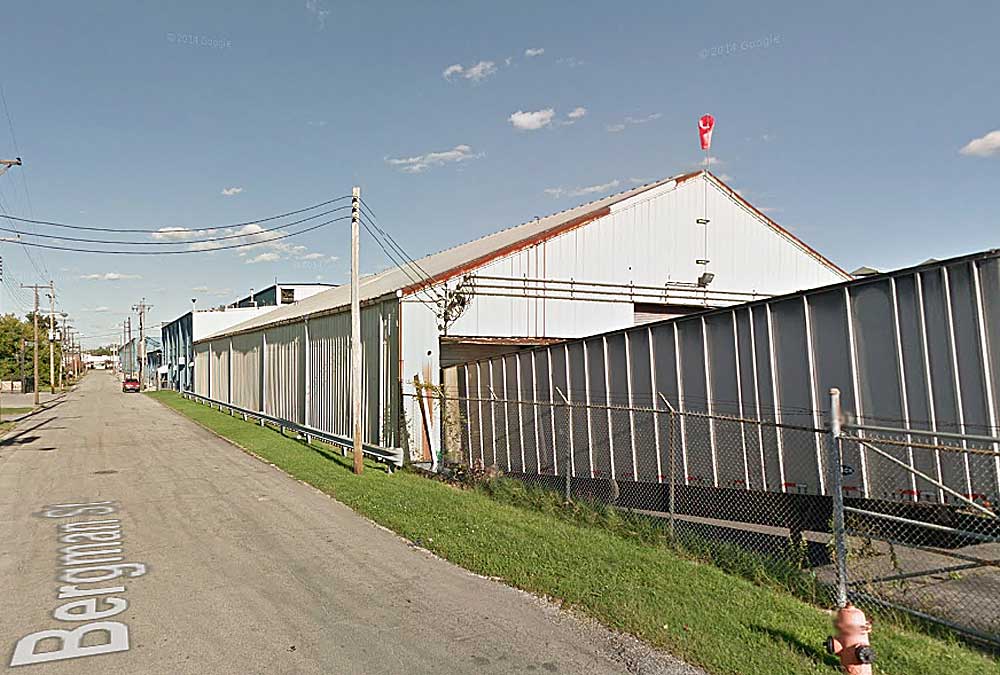
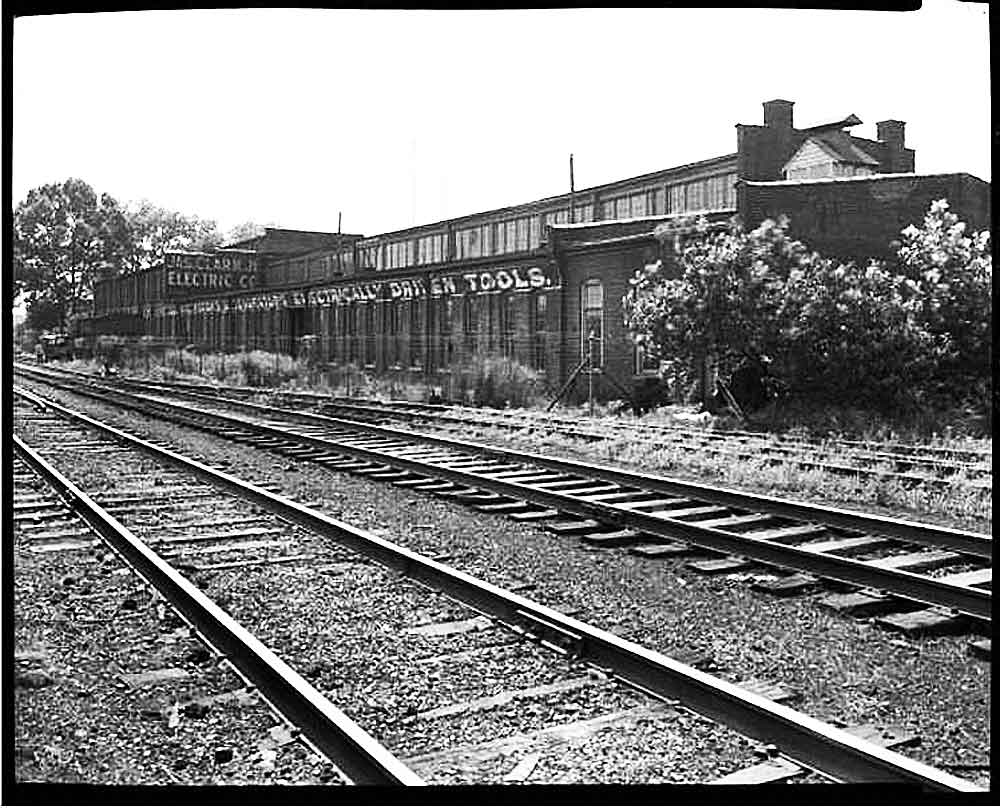
According to Google, the building is now home to Forth Technologies, a chemical and pigment company. The company was incorporated in 1988.
|
|
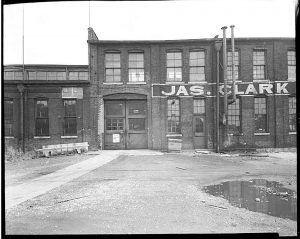
The University of Louisville archive also has some photos from inside the building, illustrating a variety of lathes, milling machines and other equipment needed for the manufacture of electrically driven devices.
Enjoy the photos … I wonder if I visited the building today if there might be a crate of original Rotoplexes tucked away in a storage closet?? Wow, what a find THAT would be!
